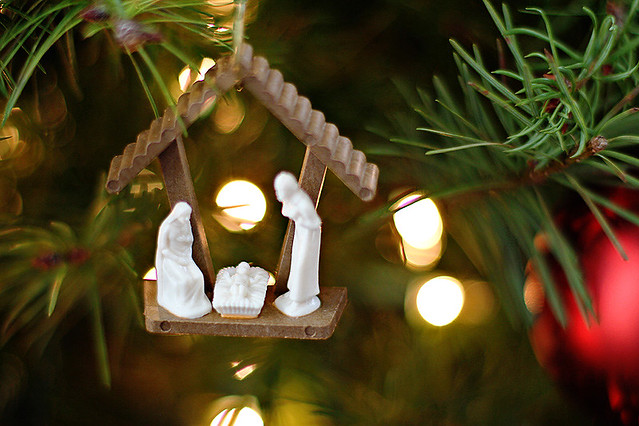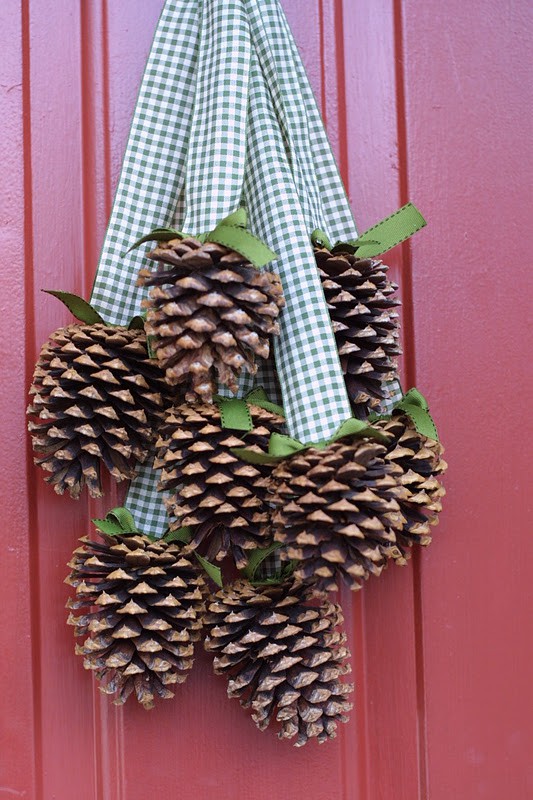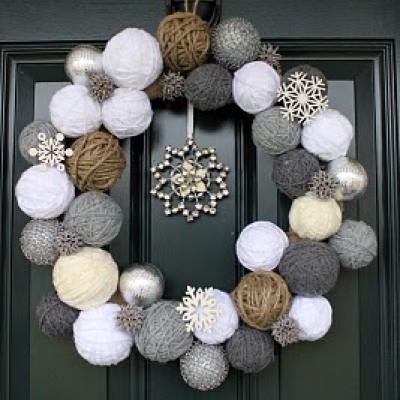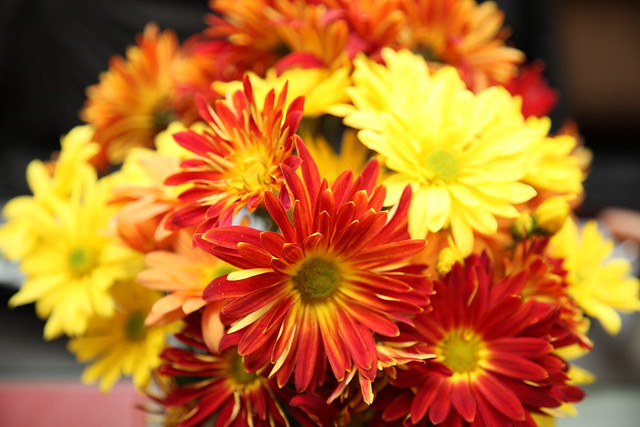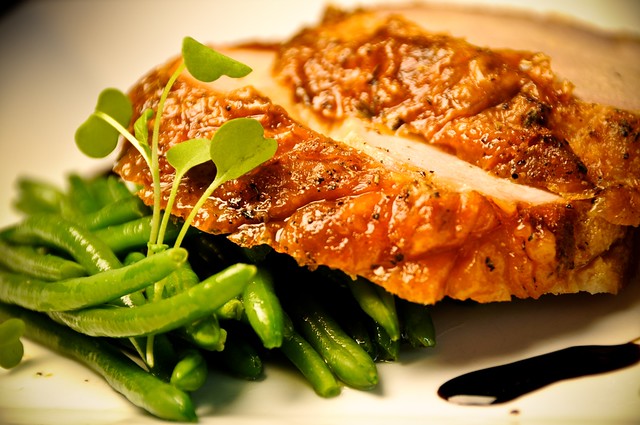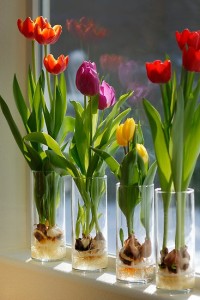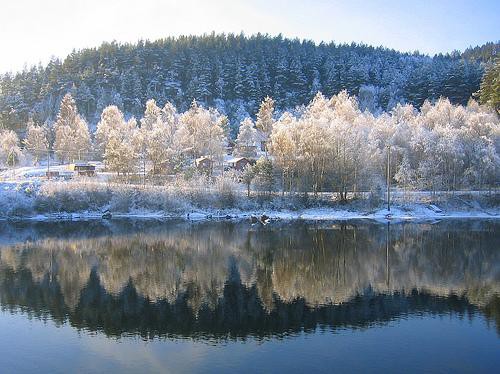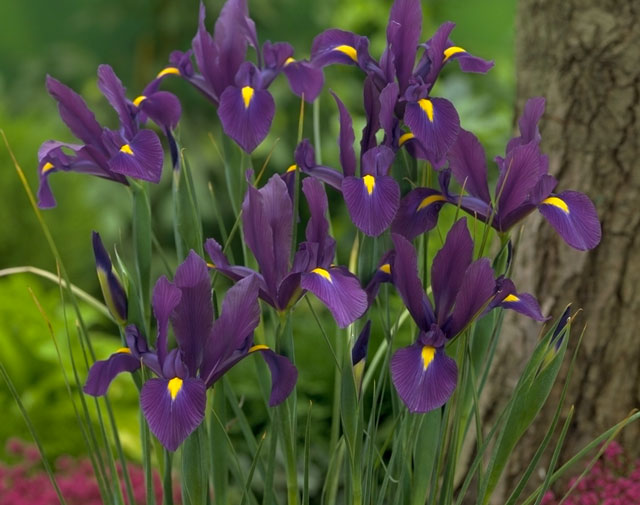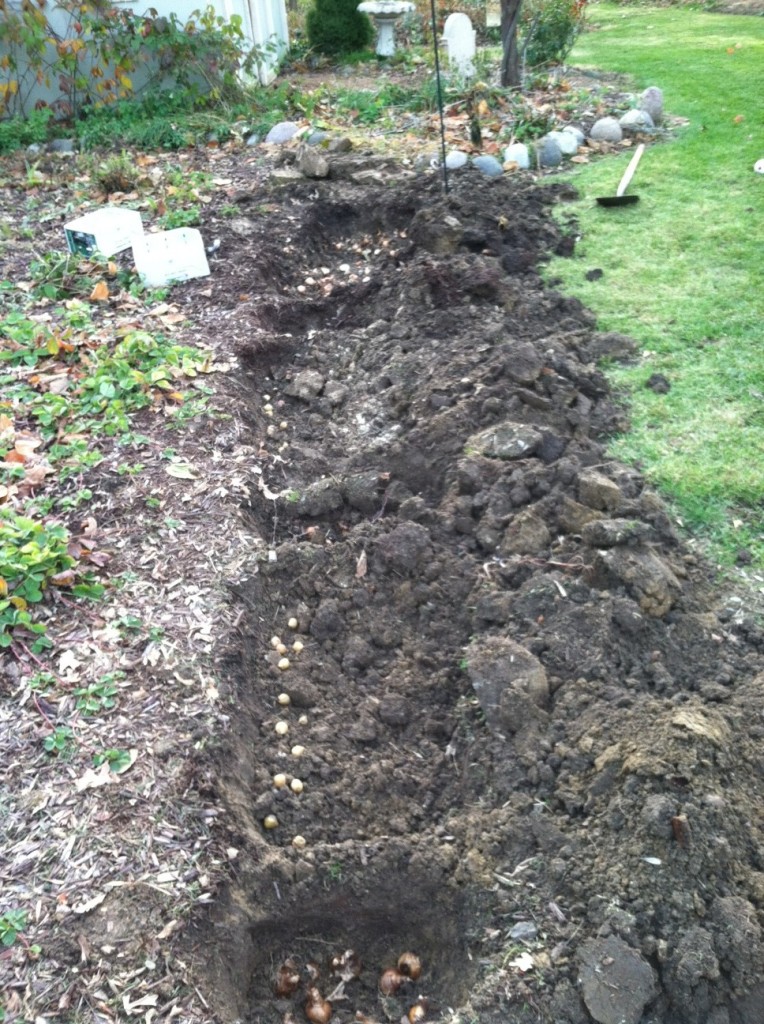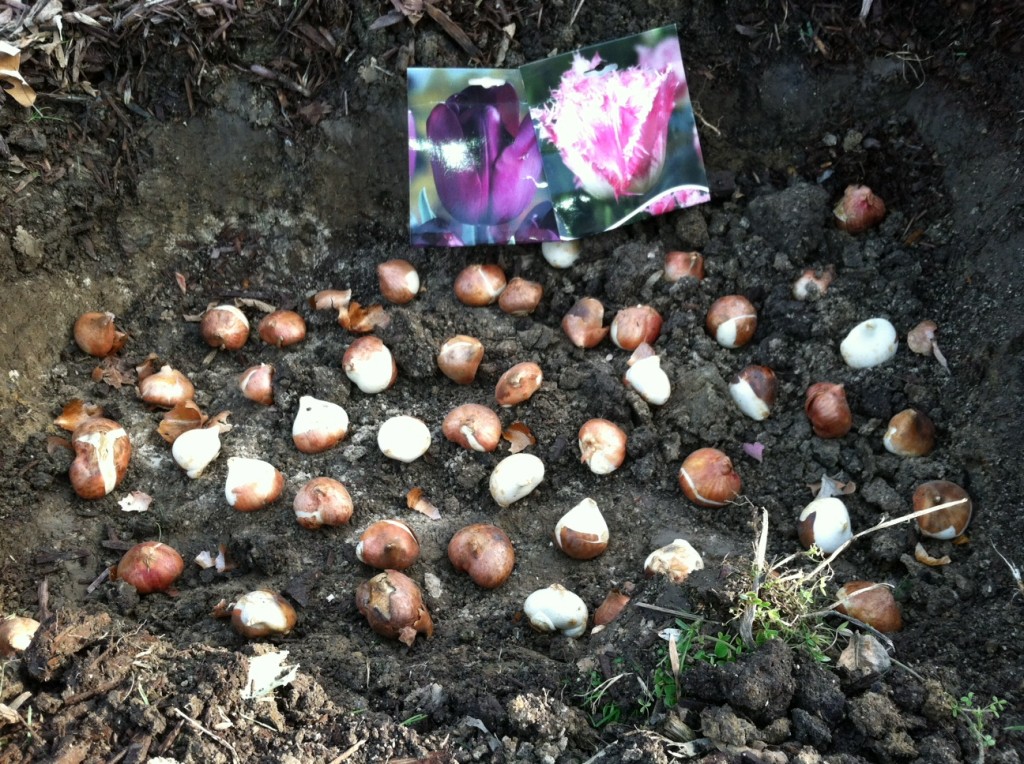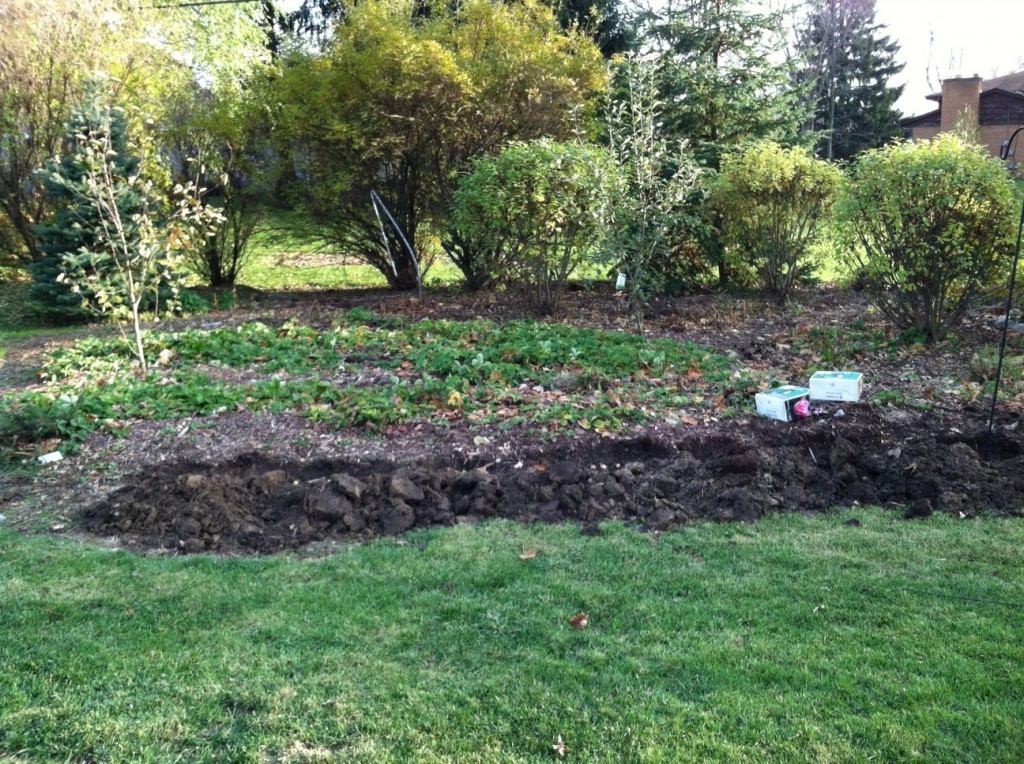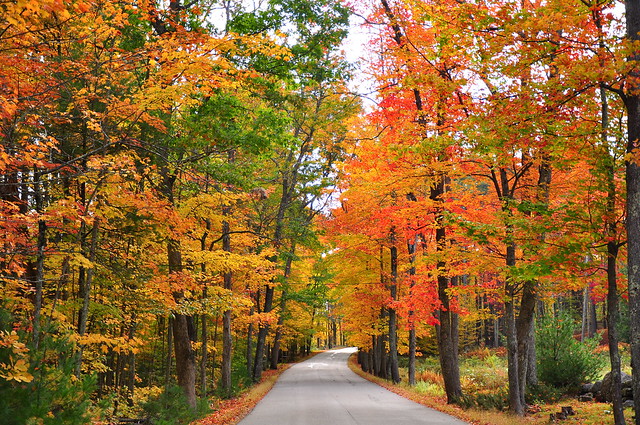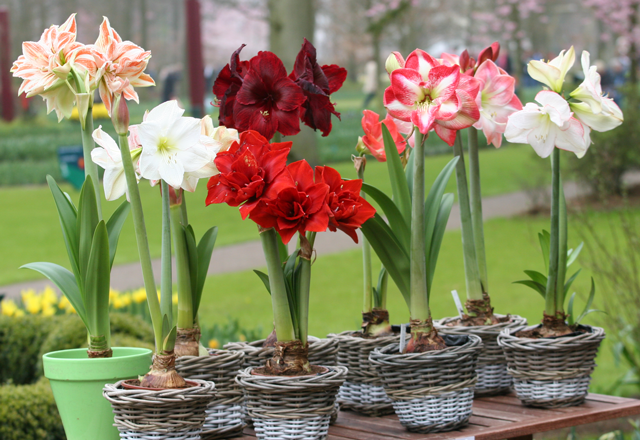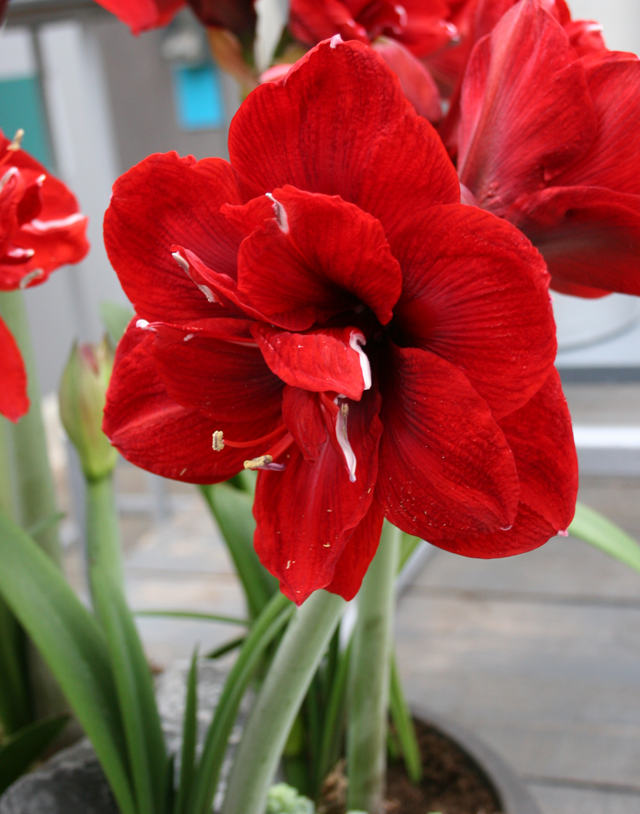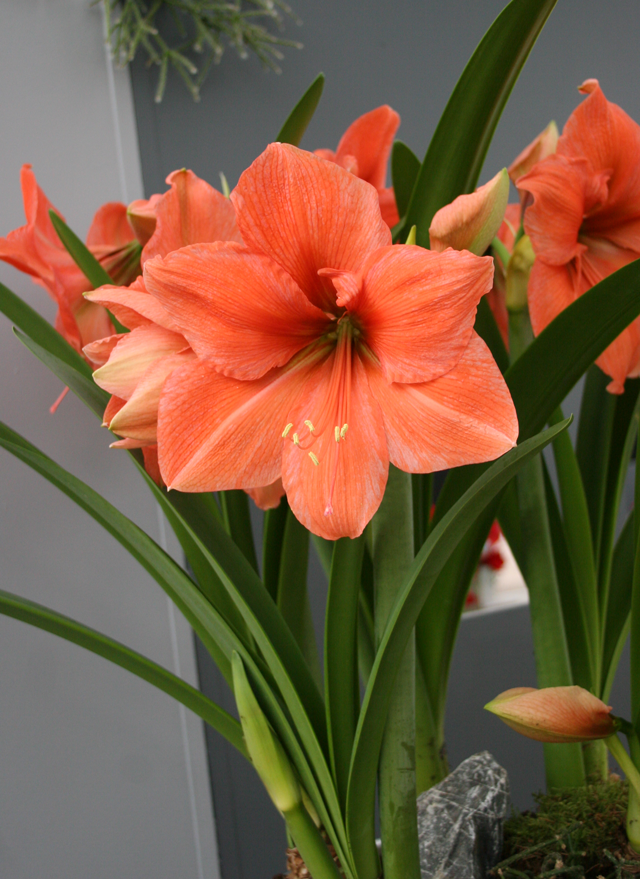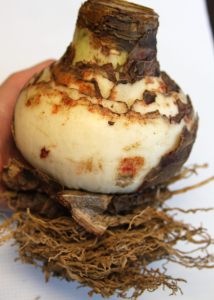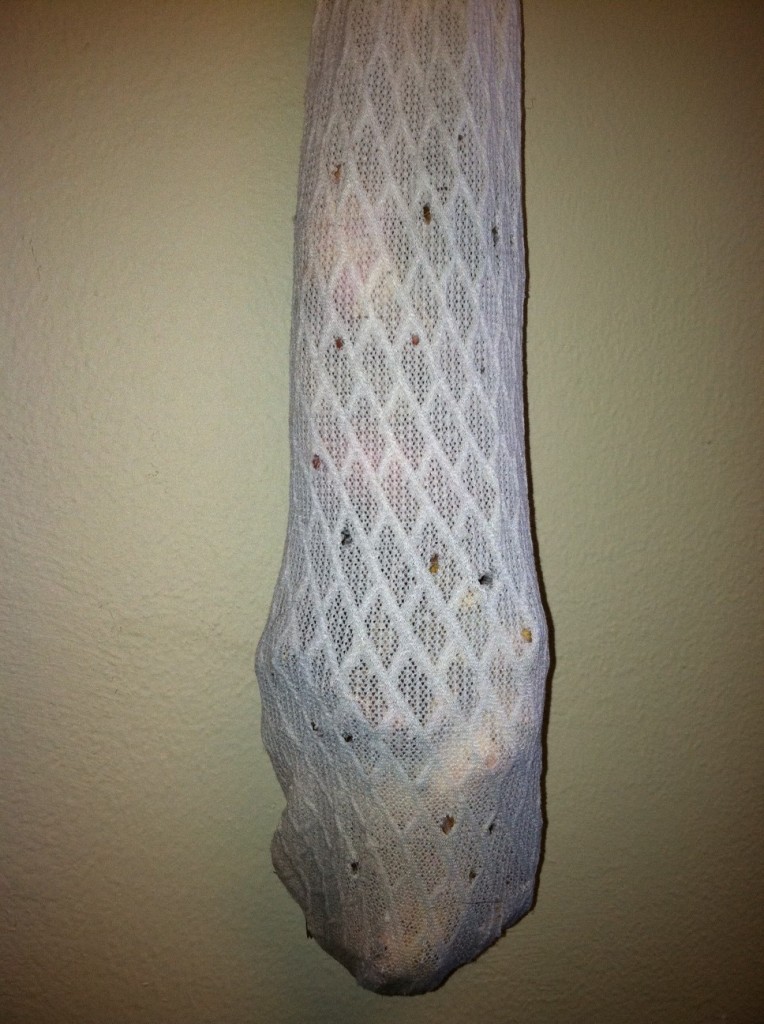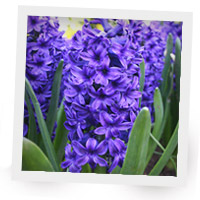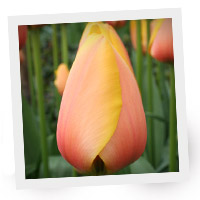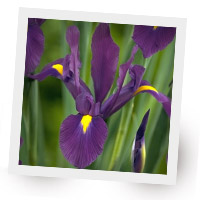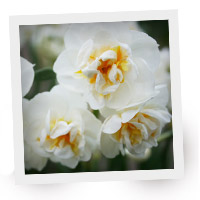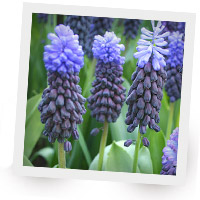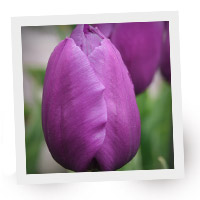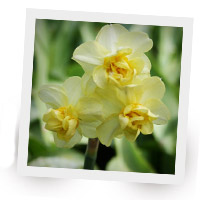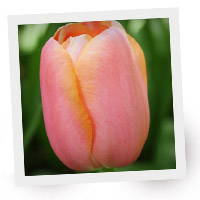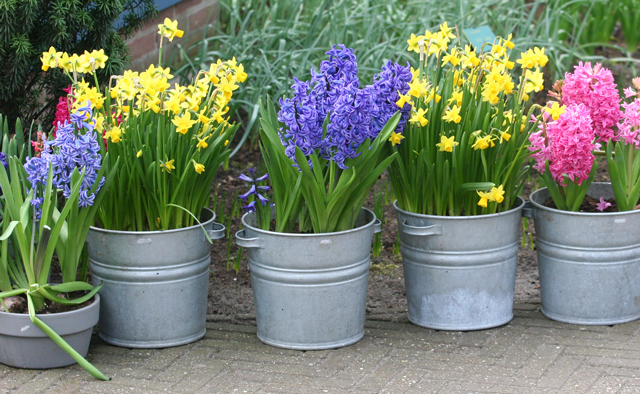
There are so many people who really miss out on Spring blooming bulbs! (Those in zone 8 or warmer). Then there are people like me who long for winter to be over and want flowers all the time. So, forcing bulbs is a great option to get those blooms!
Typically, growing flower bulbs is almost fool proof, but forcing bulbs takes a little more time and attention. “Forcing” bulbs is the term used for mimicking what normally happens to bulbs when planted outdoors. It is a process that stimulates bulbs to bloom out of season.
The most common and easiest bulbs to force are: paper-white narcissus, amaryllis, muscari, and hyacinths. Daffodils and tulips are not too difficult either, but choose shorter varieties for best show. The best tulips for indoor forcing: Triumph Tulips, Single Early Tulips, Darwin Hybrid Tulips. Spring flowering bulbs usually require about 12-20 weeks at temperatures between 41-48°F in order to produce a good root system for the best blooms.
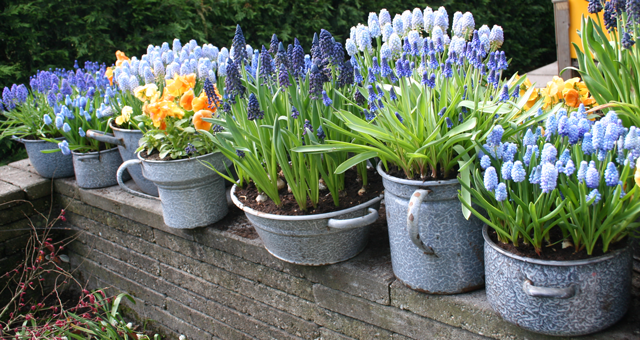
Name of bulb Weeks of cold Weeks to bloom
| Amaryllis | None | 6 to 10 |
| Chionodoxa | 15 | 2 to 3 |
| Crocus | 15 | 2 to 3 |
| Hyacinths | 11 to 14 | 2 to 3 |
| Iris | 15 | 2 to 3 |
| Muscari | 13 to 15 | 2 to 3 |
| Narcissus | 15 to 17 | 2 to 3 |
| Paper-whites | None | 3 to 5 |
| Scilla | 12 to 15 | 2 to 3 |
| Tulip | 15 to 20 | 2 to 3 |
Pot your bulbs right away if you have an appropriate location immediately available, such as a refrigerator, a root cellar or cool basement, or outdoors if temps are below 48°F. When storing pots outdoors for cold period be sure that if temps drop below 30°F that you cover them with some type of insulation. If you can’t plant them immediately, bare bulbs can be stored in a mesh bag or paper bag with holes that permit ventilation for several weeks in refrigerator prior to potting without damage. Note: Do not store them in same drawer as fruit.
Use clean pots with drainage holes and plain potting soil. Make sure you allow for 2 inches of soil below the bulb and select a pot large enough to allow the top of the bulb to be even with the rim when placed on the soil. The bulbs should be touching each other for the best look when blooming. Then water them well in order to settle the soil.
The bulbs will flower anywhere from 2-5 weeks after they have been brought into warmer temperatures. If you have a set time when you want them to bloom, make sure you add flowering period to the rooting/cold period for the total number of weeks to wait. Amaryllis and Paper-whites do not need this cold period.
These next steps would be ideal for the best and most perfect blooms. Move your pots to an indoor area with indirect sunlight and temperatures about 60°F for a week or two. When the shoots are 4-6 inches tall, move the pots to a bright, sunny window to stimulate blooming. A temperature of about 68°F and direct sunlight would be ideal. When you see the color on the buds, return the plants to indirect sunlight to make the blossoms last. Keep the soil moist at all times.
After blooming, hardy bulbs such as hyacinths and tulips cannot be forced again and should be discarded. Or they can be planted outdoors where they may rebloom within a year or two.
Amaryllis bulbs will bloom again and again, provided they are properly cared for. After the bulb finishes blooming, cut off the flower stalk close to the base. Keep the plant moist and add house plant fertilizer. Stop watering in August, and allow the plant to dry out completely in the sun. In early fall, remove and clean the bulbs of old scales and dead foliage. Roots should be fleshy and not damaged. You can re-pot when you are ready to restart the process.
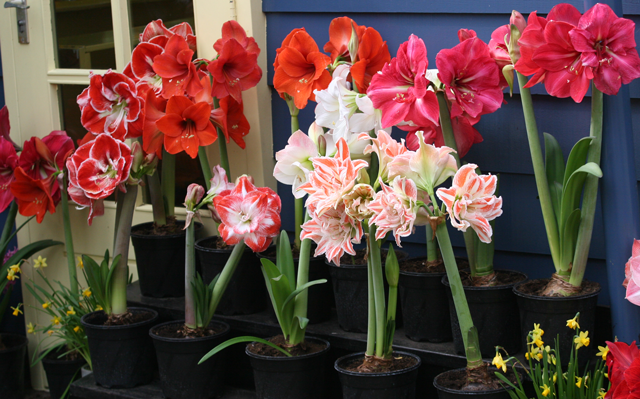
Maybe you will want to give this a try now? I especially enjoy forcing Hyacinths for indoor enjoyment because of there sweet fragrance! I hope you found this helpful and easy to understand.

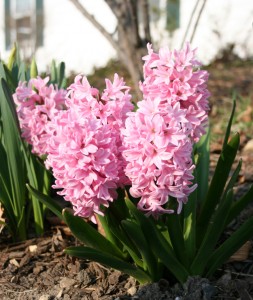 It seems this year us Northerners get a little break from the long cold winter. I and most people I know have been VERY thankful! Winter is normally just too long here in Wisconsin and the rest of the Northern states. I have lived here all my life and probably will stay, but I wouldn’t mind moving just a little further South to shorten the winter on a yearly basis!
It seems this year us Northerners get a little break from the long cold winter. I and most people I know have been VERY thankful! Winter is normally just too long here in Wisconsin and the rest of the Northern states. I have lived here all my life and probably will stay, but I wouldn’t mind moving just a little further South to shorten the winter on a yearly basis!

